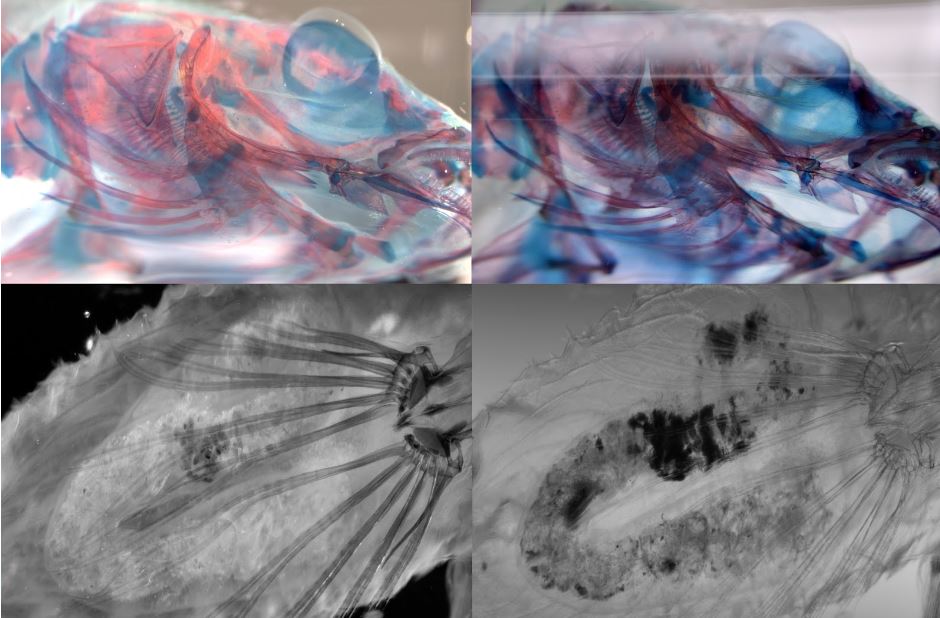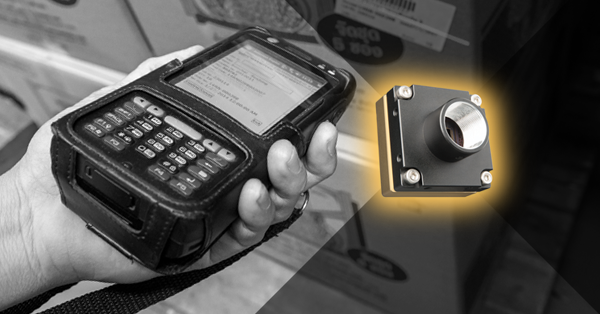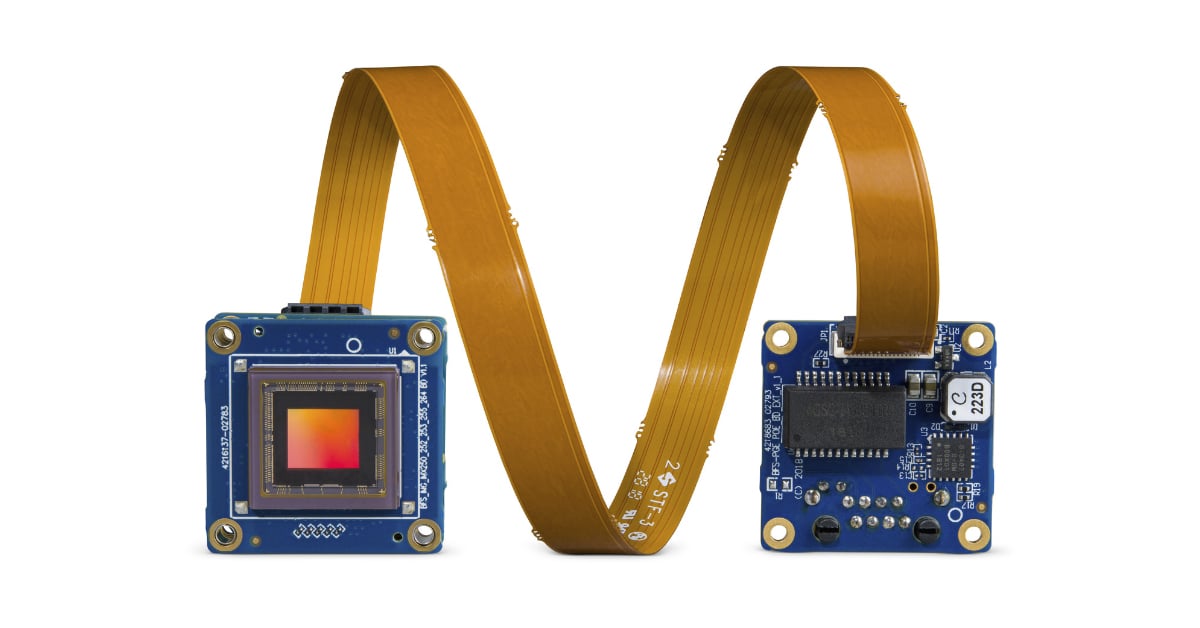Highly Accurate and Flexible 3D Microscope Designed for International Collaboration
Today, working on global teams that collaborate regularly has become commonplace and the tools that facilitate this work are more vital than ever. In recognition of this Octonus developed the 3DDM, a highly-accurate and flexible 3D digital microscope that allows team members in different locations to view a 3D object simultaneously, in a virtual meeting room. The 3DDM also offers a variety of options for image enhancement, allowing viewers to see a more detailed and complete picture of an object quickly, using a single system.
What is the Octonus 3DDM and how does it work?
The Octonus 3DDM is based on Leica Microsystems' (Wetzlar, Germany) M205a stereomicroscope. The 3DDM consists of a standard Leica platform with the following additions: an object holder mounted on a motorized stage, a custom-built LED illumination system, and a pair of FLIR (formerly Point Grey) Grasshopper3 cameras.
To create an image, the operator mounts a sample on the 3DDM's object holder. The operator can rotate the sample under the cameras' fields of view using a standard device such as a mouse, keyboard, or 3D joystick. Meanwhile, adjustments to a focusing drive fitted to the cameras and optical aperture of the system enable the capture of sharp 3D video images.
As the illuminated sample rotates on the object holder, the two Grasshopper GS3-U3-23S6C-C color cameras capture a live, high-quality video stream. The PC stores the data the cameras capture in a compact video format, either as a 3D video stream or a 3D/2D image. It also stores the complete set of data for every frame (all the digital settings of the optical aperture, the lighting system and holder) on top of the images or video sequences. This makes it possible to process live or recorded data.
Image analysis software running on the PC measures object features, with a precision of up to ten micrometers. A combined 2D/3D mode allows measurements to be made in both 3D space and along a projection plane through the object.
3DDM's object illumination and digital enhancement options
Thanks to the microscope's multi-functional LED light sources, there are several ways to illuminate a sample. Light sources can provide visible NIR or UV lighting coaxially, to the rear, or to the side of the sample, depending on their programming. Darkfield illumination, a technique well-suited to capturing image sequences of live and unstained biological samples, can enhance the contrast of the images that are collected. The 3DDM also offers a variety of digital enhancement options that allow operators to capture details. Examples of these include:

Figure 1: Fish interior. Top row left: rear light. Top row right: top light. Field of view 16 mm. Bottom row left: darkfield light. Bottom row right: NIR light. Field of view 18 mm.
- High-dynamic-range imaging (HDRI) enhances the correct capture of image details in areas that were originally poorly exposed.
- 12-bit tone mapping enables accurate HDR image viewing on standard displays.
- Extended Depth of Field (EDF) technology replaces analysis of a series of photos with analysis of a single photo that shows the entire object in focus.
- An image stitching algorithm that automatically increases image resolution and field of view.

Other Features of the 3DDM
Virtual Meeting Room
The 3DDM facilitates global team collaboration by using 3D TVs and stereo glasses to create a virtual meeting room. Presenters can add annotated images or direct their colleague's attention to important details by using the mouse cursor, shifting the image, zooming in and out, changing the FPS, or adding and removing layers. Elements of the real world can be supplemented by computer-generated input such as 3D models, measurement instruments, and augmented reality.
Customization
The 3DDM provides a C++ SDK (Software Development Kit) for customers and developers. The SDK enables control of the system's lighting, optical unit, and holder. It also allows extensions or additions to existing image-processing algorithms.
Next Steps
In the near future, Octonus will increase the resolution of the 3D video images the 3DDM captures by upgrading its cameras from 2.3 MP to 5-12 MP.
About Octonus
With over twenty years of experience producing industrial image processing and analysis systems, Octonus has supplied hardware and software for many projects. The company is a pioneer in the development of optical methods for reconstructing the internal structure of semi-transparent objects, as well as the development of accurate 3D models of objects 2-50 mm in size.
octonus.com
For references: dm@octonus.com


